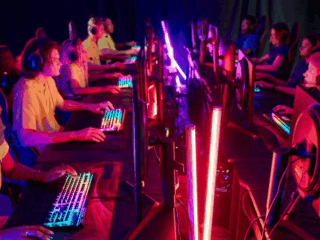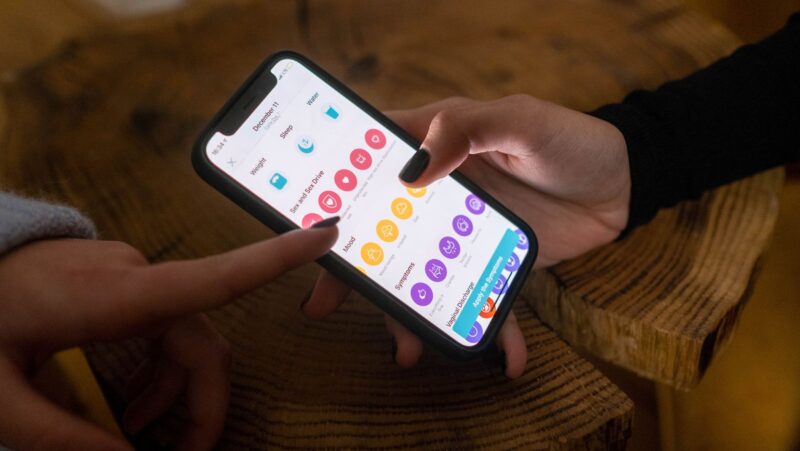
In today’s hyper-competitive digital environment, capturing and retaining user attention is harder than ever. Brands, apps, and platforms are constantly seeking new ways to increase engagement, and one of the most powerful — yet often underestimated — tools is game mechanics.
From fitness apps to learning platforms, gamification has become a go-to strategy for encouraging user interaction, loyalty, and satisfaction. But how do game mechanics actually work? Why are they so effective at boosting engagement? And how can businesses harness them without making their product feel like a video game?
Let’s break it down.
What Are Game Mechanics?
At their core, game mechanics are systems or rules designed to create a structured and rewarding experience for users. These may include:
- Points & Scores – Users earn measurable progress.
- Levels & Milestones – Clear markers for achievement and growth.
- Leaderboards – Public ranking systems that drive competition.
- Badges & Rewards – Tangible or virtual symbols of accomplishment.
- Challenges & Quests – Specific tasks with goals and incentives.
- Progress Bars – Visual feedback that shows how close users are to completion.
These mechanics tap into basic human psychology — particularly our desire for achievement, recognition, and progress.
Why Do Game Mechanics Work?
The success of game mechanics lies in behavioral psychology. Humans are wired to respond positively to:
- Instant feedback
- Small wins
- Clear goals
- Social validation
- A sense of mastery
Let’s look at some key psychological principles at play:
1. The Dopamine Effect
Every time a user earns a reward or completes a level, their brain releases dopamine — the “feel-good” neurotransmitter. This creates a positive feedback loop: users want to keep engaging to feel rewarded again.
2. Progress Motivation
Visual progress indicators (like bars or level meters) give users a tangible sense of movement, encouraging them to keep going. It’s the same principle that makes you want to finish reading a book or watching a Netflix episode.
3. Loss Aversion
When users are close to achieving something (e.g., reaching the next level), they’re less likely to abandon the task. Game mechanics cleverly use this to keep users invested — because walking away feels like losing progress.
4. Social Proof & Competition
Leaderboards and badges show users how they stack up against others. This drives friendly competition and encourages users to push harder, especially in social or team-based environments.
Real-World Examples of Game Mechanics in Action
Game mechanics aren’t just for gaming apps. In fact, some of the most successful non-gaming platforms use them masterfully.
1. Duolingo (Language Learning)
- Uses streaks, levels, and XP points to keep users motivated.
- Offers virtual currency and character leveling as incentives.
2. Nike Run Club & Fitbit
- Track progress with levels, badges, and daily goals.
- Users can challenge friends and unlock milestones.
3. LinkedIn
- Progress bars for profile completeness.
- Endorsements and achievements work like badges.
4. Educational Platforms (like Khan Academy)
- Quests and points turn learning into a game.
- Awards and dashboard achievements motivate students.
Implementing Game Mechanics in Your Product
If you’re looking to increase engagement in your app or platform, you don’t need to build a game — just borrow some of its mechanics.
Start with these key steps:
- Identify Core Actions You Want to Encourage
What behaviors do you want users to repeat? (e.g., daily logins, content uploads, task completion) - Design Incentives Around Those Actions
Offer points, badges, or other small rewards for completing core actions. - Provide Visual Feedback
Use progress bars, level indicators, or checklists to show users their growth. - Introduce Social Elements
Leaderboards, friend challenges, or community features can boost retention. - Make It Scalable
As users grow, make challenges harder and rewards more valuable — just like in a real game.
Gamification Pitfalls to Avoid
While game mechanics can significantly boost engagement, poor implementation can backfire. Avoid these common mistakes:
- Over-gamifying – Too many rewards or flashy elements can feel forced or childish.
- Lack of purpose – Don’t use game elements without tying them to meaningful outcomes.
- One-size-fits-all – Not all users are motivated by the same triggers. Offer personalization if possible.
- Ignoring long-term value – Gamification should enhance real value, not mask a weak product.
Final Thoughts
Game mechanics are not just trendy UI features — they’re strategic engagement tools rooted in behavioral science. When used thoughtfully, they can transform passive users into active participants, and routine apps into experiences people return to daily like x3000 casino.
Whether you’re building a productivity app, an e-commerce site, or a content platform, adding the right mechanics at the right time can boost engagement, increase retention, and make your product truly memorable.
Because in the end, everyone loves to win — even if it’s just a badge.












